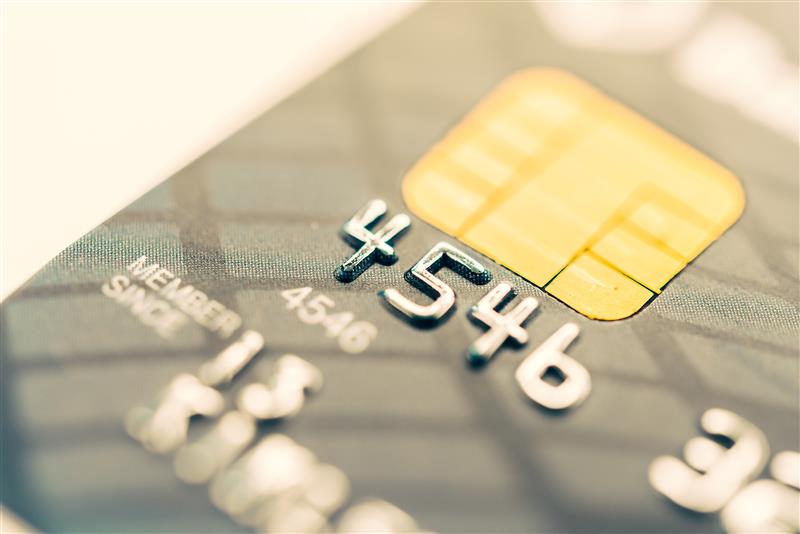Everything you need to know about the 3‑ or 4‑digit security code on Visa, Mastercard, American Express, and even Visa gift cards—plus safety tips for sharing your card details online.
Quick definition
The CVV (Card Verification Value), also called CVC (Card Verification Code), CSC (Card Security Code) or CID (American Express term), is a short code printed on your card. It helps verify that the buyer physically has the card when making card‑not‑present payments (online, phone, in‑app).
- Visa / Mastercard / most debit cards: 3 digits on the back (near the signature panel).
- American Express (Amex): 4 digits on the front (above the card number).
- Visa gift cards & prepaid: usually 3 digits on the back, just like standard Visa cards.
Where do I find my CVV/CVC/CSC?
- Visa / Mastercard / “debit card CVV”: flip the card—look to the right of the signature strip. The CVV may appear after a longer number; use only the final 3 digits.
- American Express CVV (a.k.a. CID): look on the front, typically above and to the right of the embossed card number—4 digits.
- Visa gift card CVV: check the back like a standard Visa card. Some issuers may require activation/registration before the code works online.
Different names, same idea: people often search “what is CVV/CVC”, “what is CVV number on debit card”, “what is CVV on Visa”, “what is the CVV on American Express”. They all refer to your card’s verification code.
Why is the CVV important?
- Fraud reduction: Helps confirm the shopper has the physical card during remote payments.
- Extra signal for risk engines: Payment gateways use CVV matches/mismatches in fraud scoring.
- Compliance: Reputable merchants don’t store CVV (per industry standards); it’s requested at checkout for verification only.
Is it safe to share card details online?
Sharing your card details (card number, expiry date, and CVV) is sometimes necessary to complete an online purchase. It can be safe if—and only if—you follow good practices:
- Check the website/app: use known businesses, look for HTTPS (lock icon), and avoid public Wi‑Fi when possible.
- Never send your CVV via email, SMS, or chat DMs: legitimate merchants won’t ask for it outside a secure checkout page.
- Use additional layers: 3‑D Secure/2‑factor authentication, virtual cards, or single‑use cards when available.
- Monitor statements: set alerts; report unfamiliar transactions immediately.
- For subscriptions/recurring payments: prefer reputable providers that tokenize your card and do not store the CVV.
Bottom line: entering your CVV on a trusted, secured checkout is normal. Do not share your CVV anywhere else.
CVV differences by card brand
- Visa CVV / Visa credit & debit / Visa gift card: 3 digits on the back.
- Mastercard CVV: 3 digits on the back (often labeled “CVC”).
- American Express CVV: 4 digits on the front (aka “CID”).
- Discover & others: typically 3 digits on the back.
Common questions (FAQ)
What is the CVV on a debit card?
It’s the 3‑digit security code (debit cards from Visa/Mastercard follow the same layout as credit cards). Searches like “what is the CVV number on a debit card” or “what is the CVV of debit card” all refer to this code.
What is the CVV/CVC on a credit card?
Same concept: a 3‑digit code on the back for Visa/Mastercard, or 4‑digit front code for Amex. People often ask “what is the CVV/CVC on a credit card” or “what is CVV/CVC number”.
What is the CVV on American Express?
On Amex, it’s 4 digits on the front (also called CID). Queries like “what is CVV on Amex” or “what is the CVV for American Express” point to this front‑printed code.
What is the CVV on a Visa gift card?
Usually 3 digits on the back. If the code doesn’t work online, ensure the card is activated/registered and has sufficient balance.
Is it safe to give my CVV?
Only on a secure checkout page from a trusted merchant. Do not share it via email, phone, or chat. Reputable providers request the CVV to authorize the purchase but do not store it afterward.
Does every card have a CVV?
Most modern cards (debit and credit) do. Some legacy or niche products may differ, but for Visa/Mastercard/Amex, expect a 3‑ or 4‑digit verification code.
CVV vs. CVV2 vs. CVC vs. CSC—what’s the difference?
These are brand‑specific names for similar concepts. CVV/CVV2 (Visa), CVC (Mastercard), CID (Amex). In everyday use, people say “CVV”.
Why was my payment declined even with the correct CVV?
- Insufficient funds or hold on the card
- Incorrect billing address or ZIP/postcode
- 3‑D Secure/OTP failed or timed out
- Issuer security rules or velocity limits
Can merchants store my CVV for subscriptions?
No. For recurring payments and subscriptions, gateways use tokenization (storing a secure token, not your CVV). You may be re‑asked for CVV during certain high‑risk or re‑verification events.
Best practices for shoppers
- Use strong device security: updated OS, screen lock, and reputable antivirus/anti‑malware.
- Prefer card wallets or virtual cards for one‑time merchants.
- Enable bank/app alerts for transactions and limits.
- If your CVV is compromised, contact your issuer; cards are typically reissued with a new CVV.
For merchants: reduce fraud and friction
- Request CVV on all card‑not‑present transactions (except scenarios where tokenization covers vaulted customers).
- Never store CVV; use your gateway’s tokenization and vaulting.
- Combine CVV checks with AVS, device fingerprinting, velocity rules, 3‑D Secure, and risk‑based step‑ups.
- For high‑risk verticals and subscriptions, tune retry logic, soft descriptors, and dunning to improve approval rates without raising fraud.
Need secure payments for high‑risk businesses?
Money EU helps high‑risk merchants manage card‑not‑present payments, subscriptions, and fraud with best‑in‑class tokenization, 3‑D Secure orchestration, and risk scoring—without storing CVV. Talk to us about lowering chargebacks and improving approval rates.
- High‑risk payment gateway & recurring billing
- Advanced fraud prevention (CVV checks, AVS, device/risk signals)
- PCI‑aware, tokenized storage—no CVV retention






